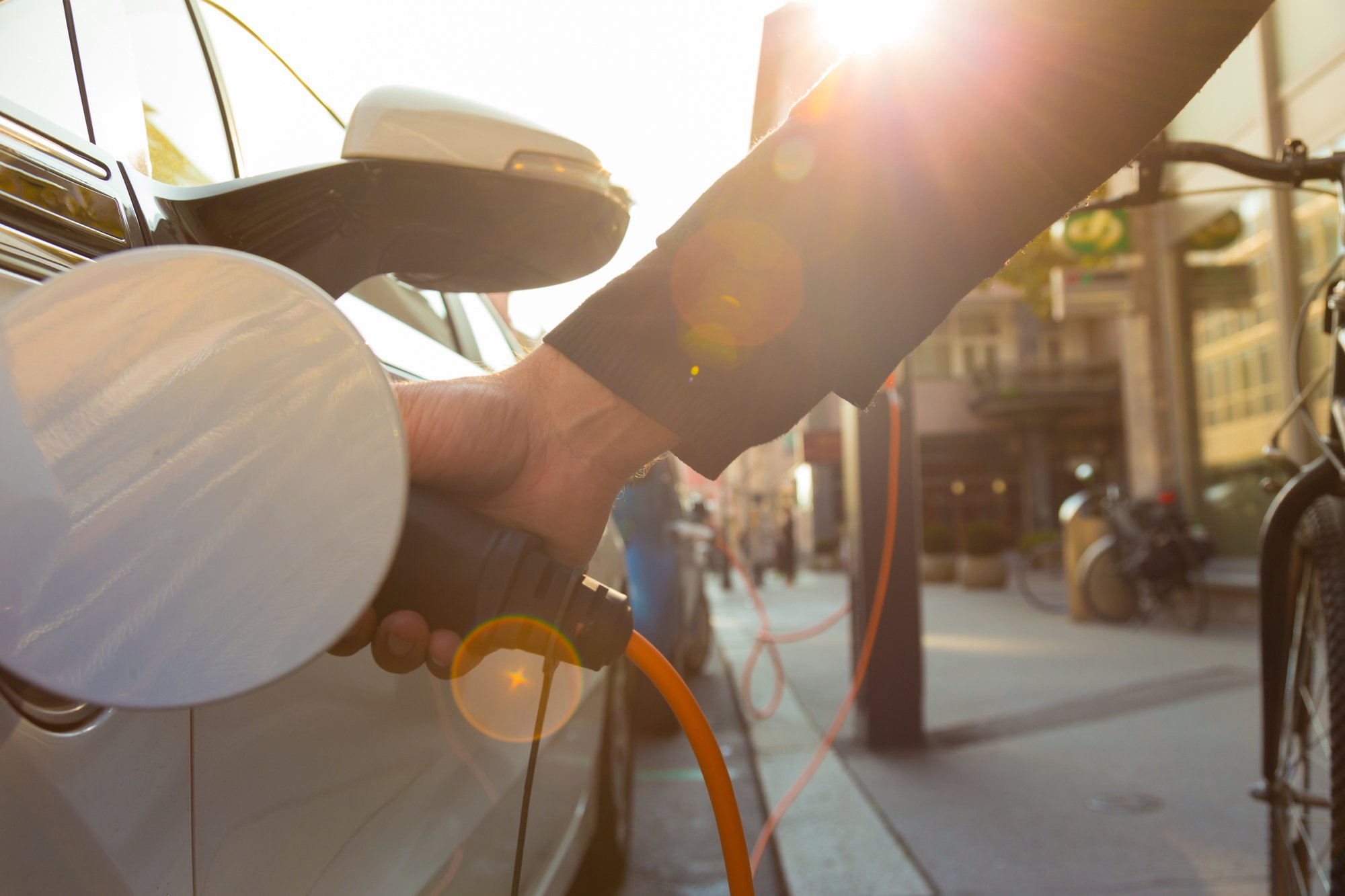
Recent data revealed that Canada is coming out ahead of its southern neighbour in the transition to battery electric vehicles (BEVs).
This trend is particularly evident in the early months of 2024, where provincial incentives and national policies have significantly boosted BEV registrations in Canada.
“Though it has been well reported that buyers in Europe and China have adopted BEVs more quickly than U.S. buyers, the same is true when looking at the U.S. versus Canada,” wrote Stephanie Brinley, associate director of AutoIntelligence at S&P Global Mobility, in an analysis posted online.
She pointed to the provincial incentives in Quebec and British Columbia helping propel a more rapid adoption of BEVs compared to the U.S., where state-level incentives have a less pronounced impact.
From January to April 2024, BEV registrations in Canada surged by 57 per cent compared to the same period in 2023, while plug-in hybrid electric vehicle (PHEV) registrations climbed by 75 per cent. In contrast, the U.S. saw a mere incremental increase of 25,000 more BEVs registered in the first four months of 2024 compared to the same period in 2023, a stark slowdown from the 137,000 unit increase observed from 2022 to 2023.
Canada’s national Incentive for Zero-Emission Vehicles (iZEV) provides a rebate of up to CA$5,000 for eligible EVs. This, combined with provincial incentives in B.C. and Quebec can reduce costs further, with Quebec providing up to CA$7,000 and British Columbia up to CA$4,000 for BEVs, depending on the buyer’s income and vehicle price. Ontario, however, does not offer additional incentives, relying solely on the national program.
However, changes are afoot. Quebec announced it will phase out rebates by reducing the amount offered and fully eliminating them by 2027. In B.C., changes to its rebate program mean 75 per cent of EVs won’t qualify for rebates, dealers said.
Yet, the impact of these incentives is evident, Brinly pointed out. Quebec alone accounted for 50.6 per cent of Canadian BEV registrations through April 2024, while British Columbia contributed 20.6 per cent. Ontario, with no additional incentives, captured only 22.5 per cent despite being the largest vehicle market in Canada.

“In the U.S., the states which offer incentives also have more varied programs, which presumably creates more variability in impact,” Brinley wrote.
California’s BEV registrations represent 21.4 per cent of total vehicle registrations in the state, far exceeding the national average of about 7 per cent. In comparison, Florida’s BEV registrations are closer to the national figure at 6.6 per cent, while Texas lags slightly at 5.2 per cent.
“There are a total of 15 states in the US offering some level of incentive on top of federal incentives, but BEV distribution in the US does still generally see the highest volume states in overall registrations also being the top BEV states,” Brinley wrote.







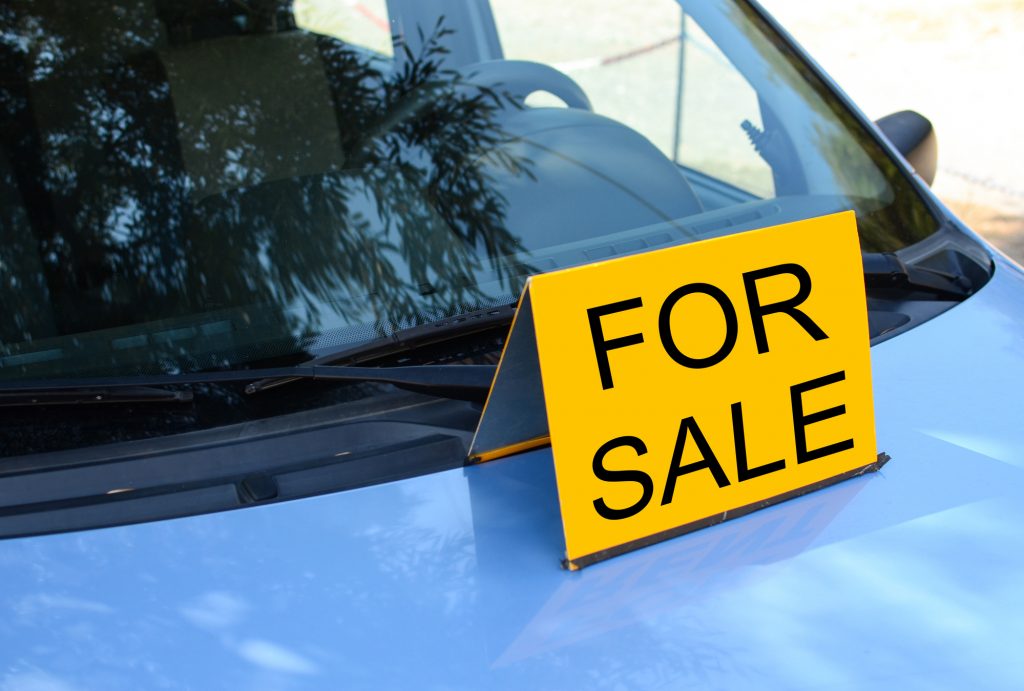
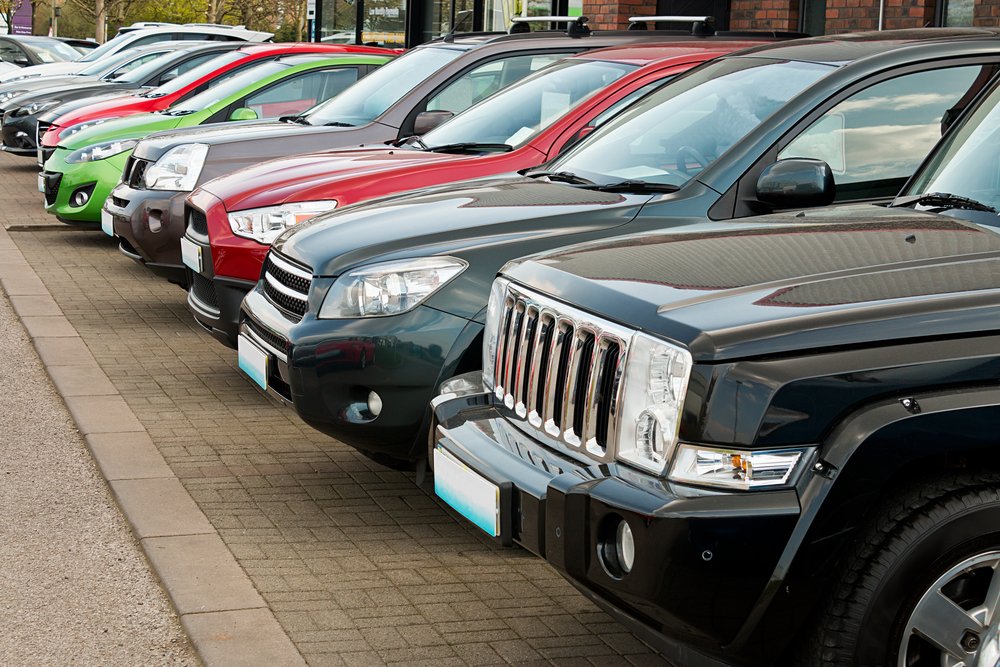
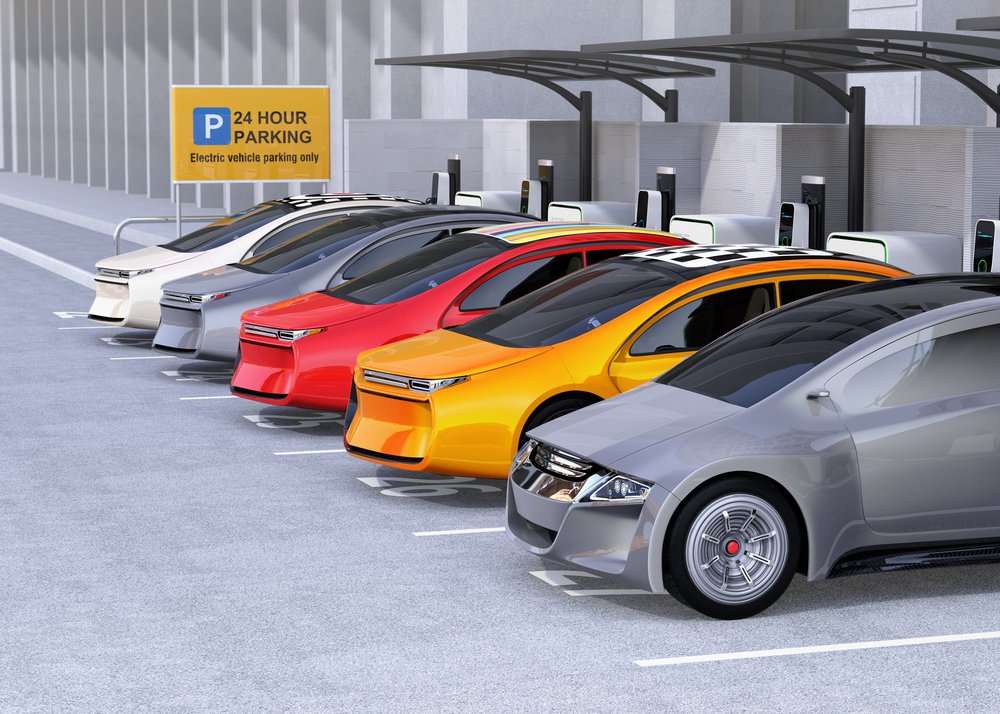

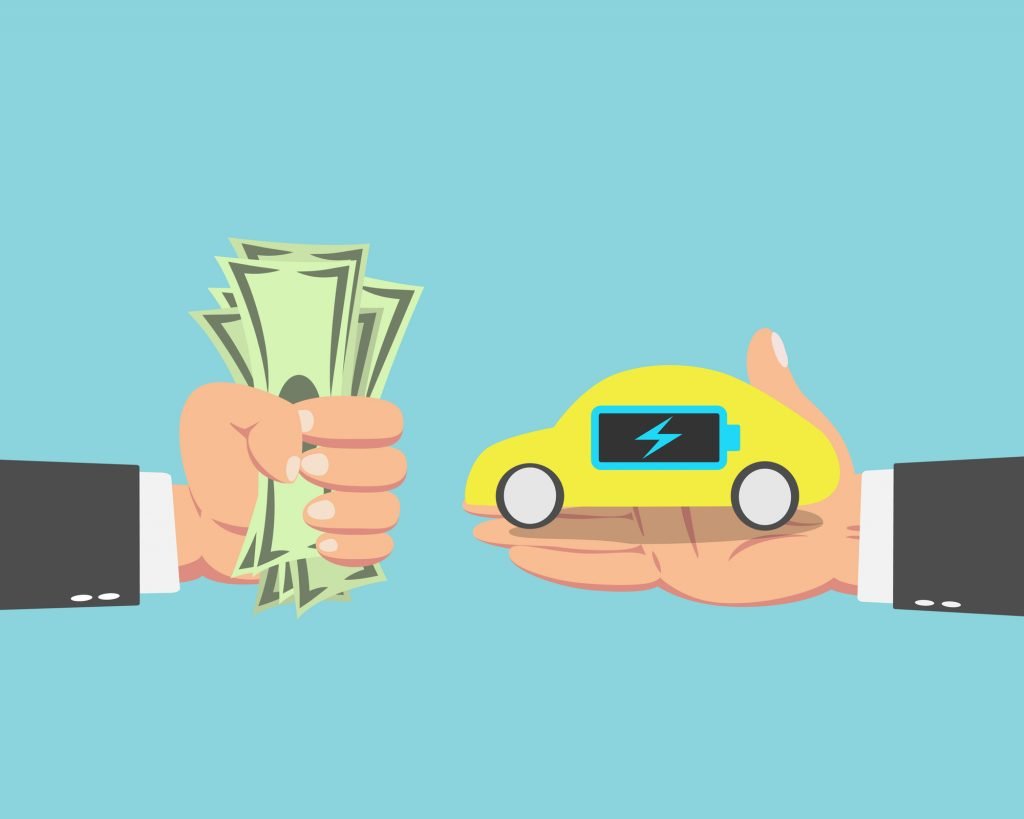
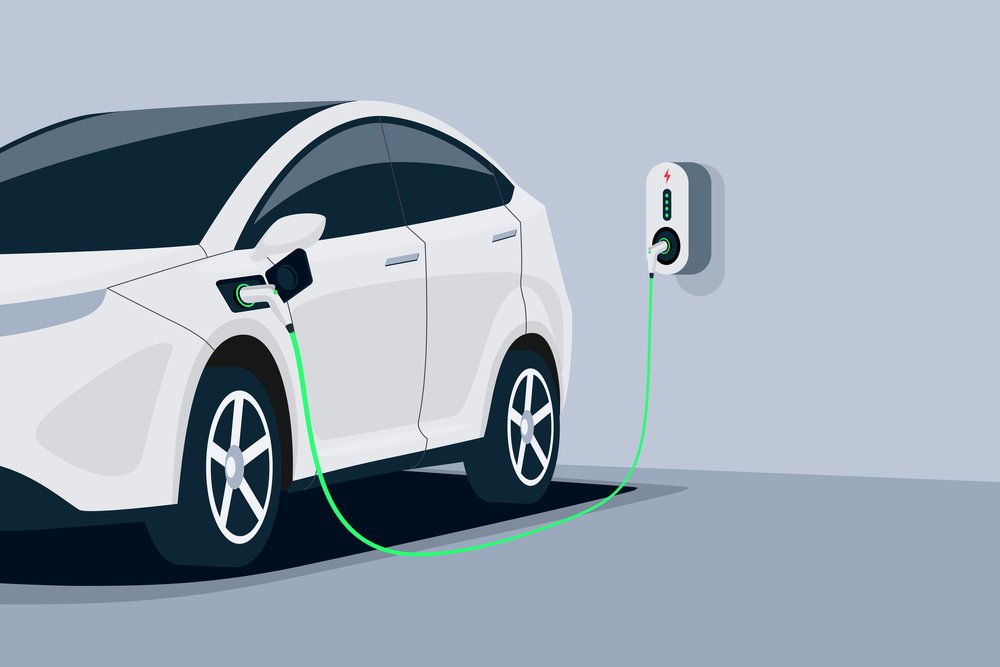
Leave a Reply